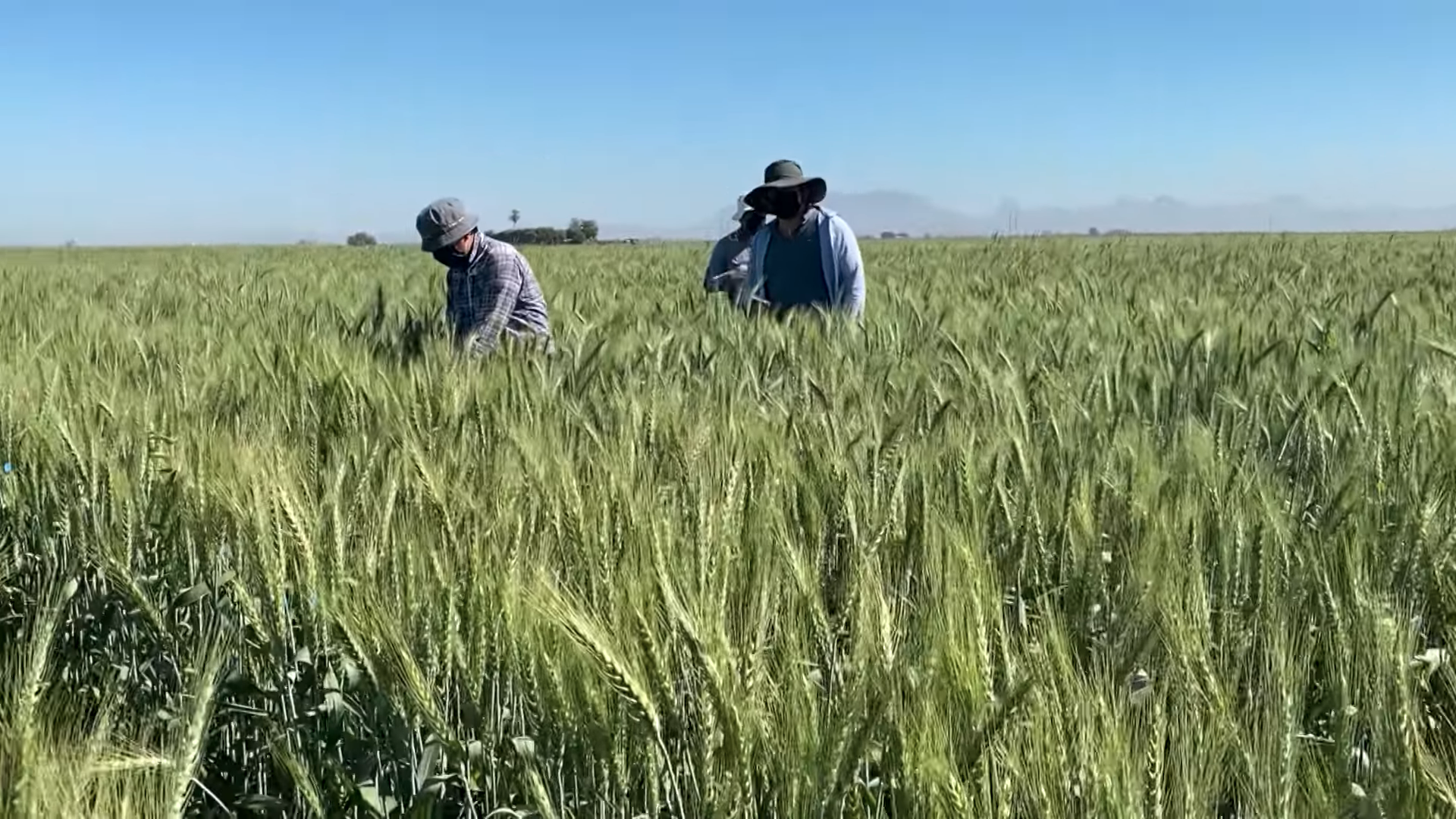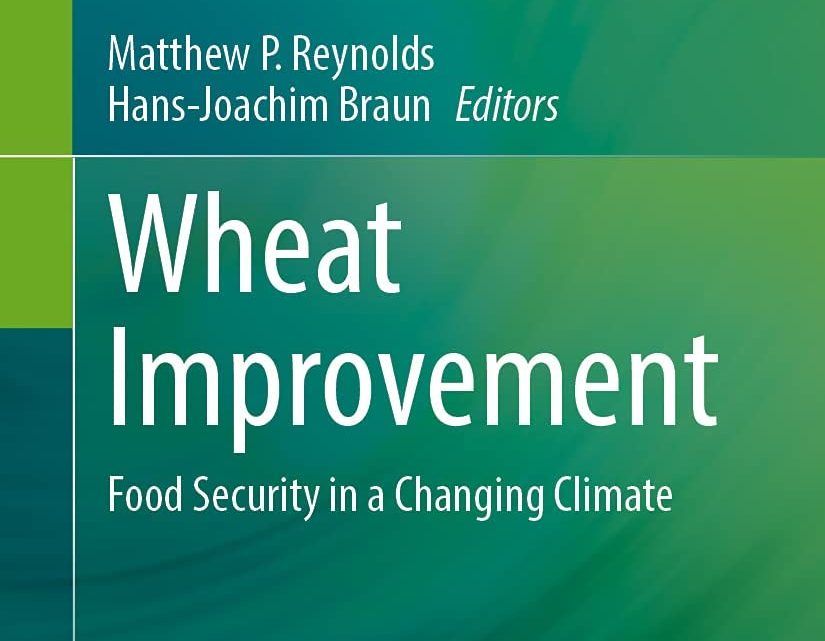The future of wheat
CIMMYT’s experimental station in Obregón, a small city in Mexico’s state of Sonora, is considered a mecca for wheat research and breeding. In 1945, Norman Borlaug arrived as a geneticist for a special project between the Mexican government and the Rockefeller Foundation, to help local farmers with wheat production. After a few years, his strong bond with the community, students and interns was key to making a remarkable difference on wheat research that save millions from famine and won him the Nobel Peace Prize. A legacy that has lasted for many decades.
At Obregón, scientists have access to state-of-the-art field facilities and an ideal location, in the northern Yaqui Valley. The station’s dry climate and favorable temperature in winter is suitable to assess yield potential, while its hot summers are ideal to study wheat’s tolerance to different stressors.
Here, scientists and field workers work hard all year round to ensure the future of wheat. Varieties grown in all continents have CIMMYT and Sonoran DNA.
SPECIAL THANKS TO: Jeanie Borlaug Laube. Jesús Larraguibel Artola, President of PIEAES (Patronato para la Investigación y Experimentación Agrícola del Estado de Sonora A.C.). Asociación de Organismos de Agricultores del Sur de Sonora A.C. (AOASS) Global Wheat Program, CIMMYT: Alison Bentley (Program Director), Karim Ammar, Rodrigo Rascón, Carolina Rivera, Alberto Mendoza, Leonardo Crespo and Nele Verhulst.
CREDITS: Production: Alfonso Cortés, Marta Millere and Silvia Rico, CIMMYT. Additional drone shots: Courtesy of INIFAP and PIEAES. Post-production: Silvia Rico, CIMMYT
MUSIC: The Way Up created by Evert Z. Licensed from Artlist.io (License owner: CIMMYT. Creator Pro License Number – 159864). Eclipse created by EFGR. Licensed from Artlist.io (License owner: CIMMYT. Creator Pro License Number – 159864).

